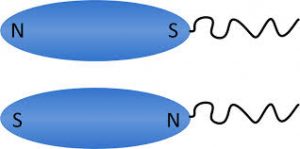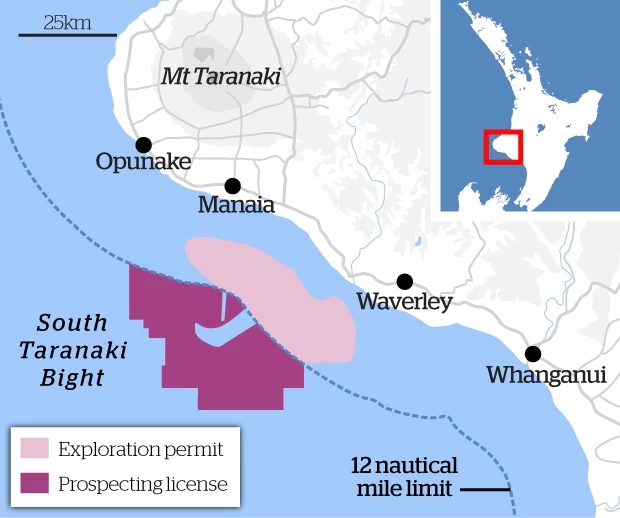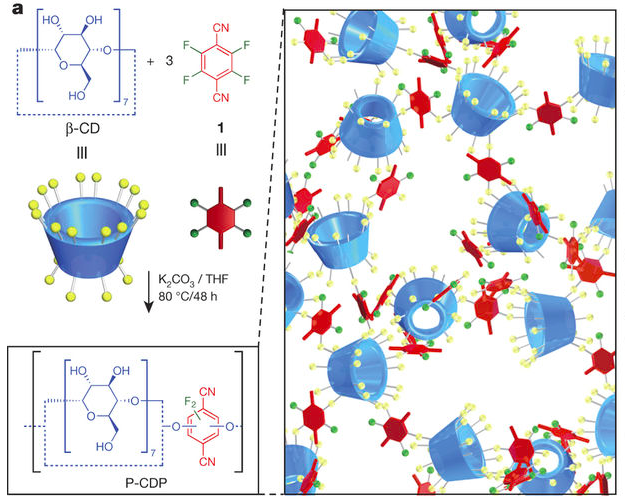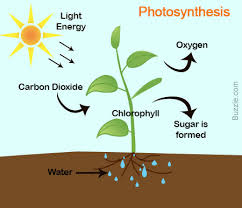

The Fukushima Daiichi Nuclear Power Plant. Attribution: Google Maps
You may recall, in March of 2011, the magnitude 9.0 undersea megathrust Tōhoku Earthquake that devastated the coast of Japan by tsunamis and killed tens of thousands. You may also recall the nuclear disaster when the Fukushima Daiichi Nuclear Power Plant’s emergency generators shut down, causing meltdowns, hydrogen gas explosions, and radioactive release into the ocean. While, like me, you may remember the constant focus by the news on the disaster and the failure of the Tokyo Electric Power Company in adequate preventative measures leading to the plant’s inability to manage during a tsunami.
That being said, you, also like me, may have put your focus on other, more recent topics, and forgotten about the entire situation. News is constantly updating and to think of what is happening now and what has ever happened is simply too much for the brain. So, let me remind you.
The nuclear plant is still leaking. According to the Japanese government, 300 tons of radionuclide-containing water is released to the surrounding ocean daily, particularly, cesium. This radioactivity is being found in fish, contaminating the fisheries market, and will take decades to clean from oceans or decay.
The Tokyo Electrical Power Company aims to have collected and treated the water pooled around the reactors by 2020 ; however, to collect all would be impossible and the consequences of the event will remain. Without even considering the everyday struggle that Japanese radioactive refugees are still dealing with, ocean pollution is everyone’s problem.
For more information, watch the following video by Microsoft Research, 
-Lori Waugh




















